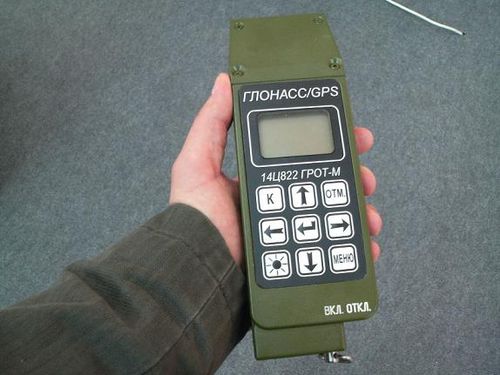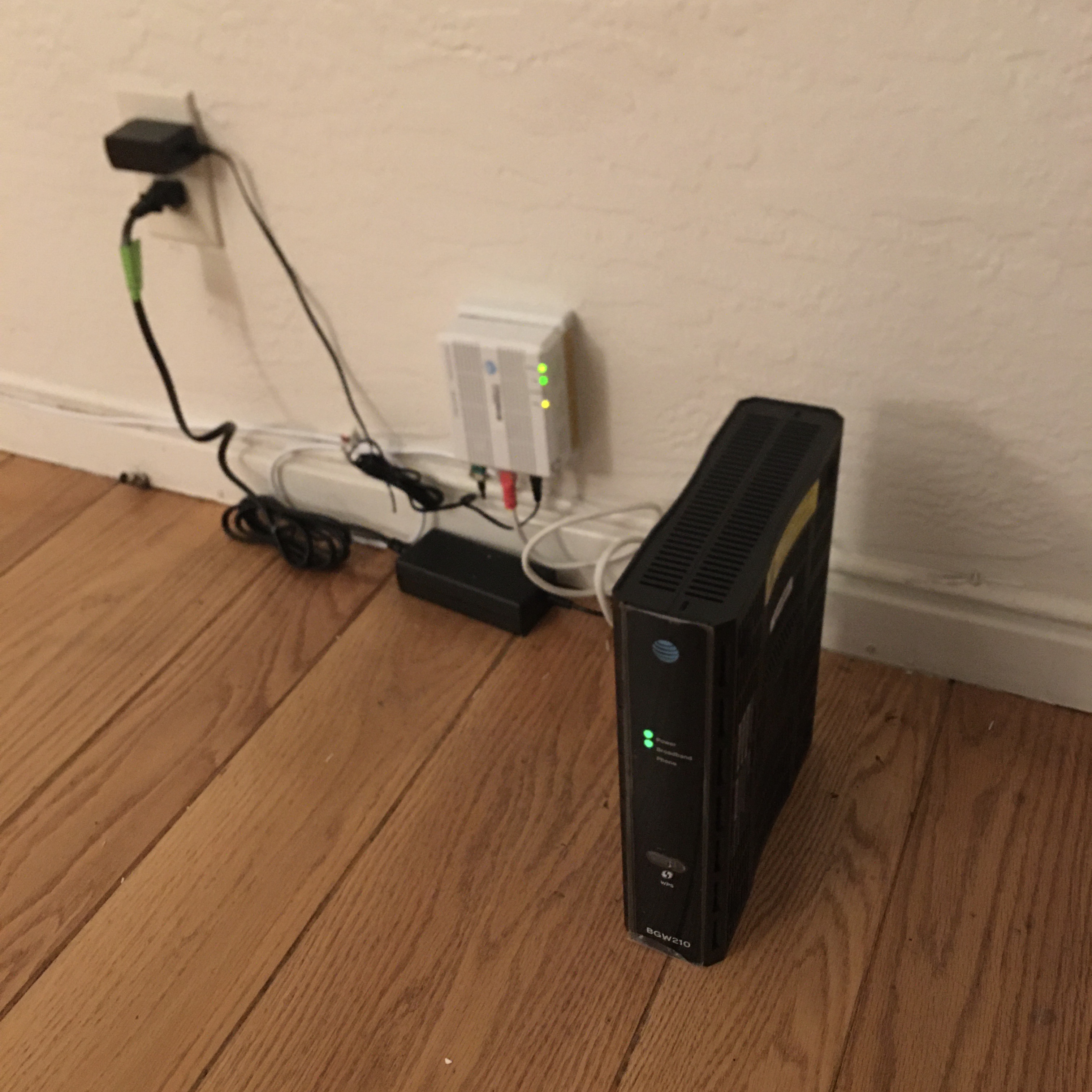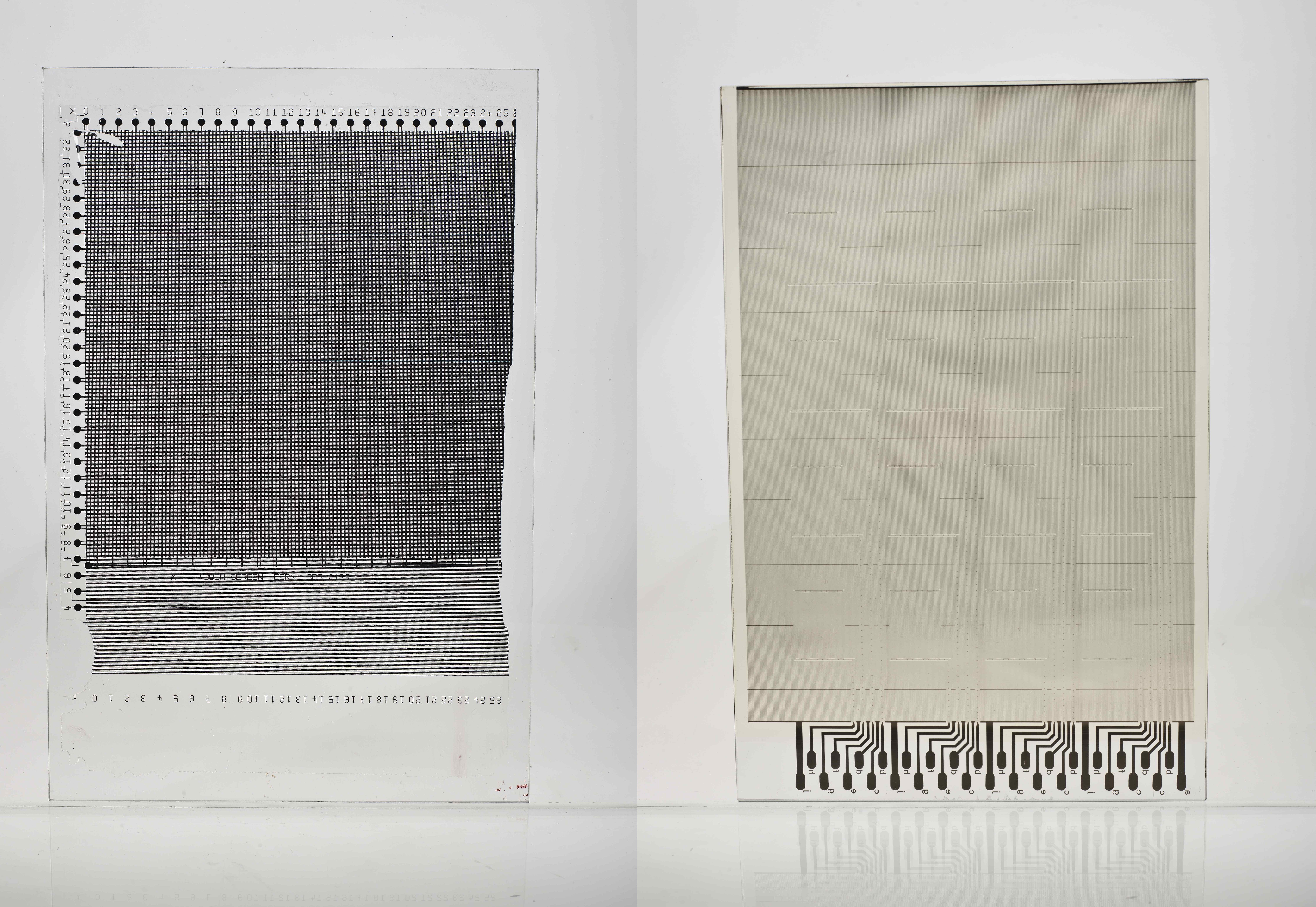|
Sony Xperia X Compact
The Sony Xperia X Compact is an Android smartphone manufactured and marketed by Sony. Part of the Xperia X series, the phone was announced to the public along with the Xperia XZ at a press conferences which was held at IFA 2016 on September 1, 2016. In Japan, the phones model number is SO-02J, which is exclusive to NTT Docomo, and is available in a water and dust resistant variant unlike the global version. Specifications Hardware The Sony Xperia X Compact has a 4.6-inch LTPS IPS LCD display, Hexa-core (4x1.4 GHz Cortex-A53 & 2x1.8 GHz Cortex-A72) Qualcomm Snapdragon 650 processor, 3 GB of RAM and 32 GB of internal storage that can be expanded using microSD cards up to 256 GB. The phone has a 2700 mAh Li-Ion battery, 23 MP rear camera with LED flash and 5 MP front-facing camera with auto-focus. It is available in White, Universe black, Mist blue colors. Software Sony Xperia X Compact ships with Android 6.0.1 Marshmallow and is upgradable to Android 8.0 Oreo. In accordance with So ... [...More Info...] [...Related Items...] OR: [Wikipedia] [Google] [Baidu] |
Sony Mobile Communications
Sony Mobile Communications Inc. ( ja, ソニーモバイルコミュニケーションズ株式会社) was a multinational telecommunications company founded on October 1, 2001, as a joint venture between Sony Group Corporation and Ericsson. It was originally incorporated as Sony Ericsson Mobile Communications, and headquartered in London, England, until Sony acquired Ericsson's share in the venture on February 16, 2012. On April 1, 2021, Sony integrated its electronics businesses including Sony Mobile into one company called Sony Corporation. Prior to April 1, 2021, Sony Mobile exclusively created Android-powered smartphones under the Xperia sub-brand name; it also developed tablet computers ( Sony Tablet), smartwatches ( Sony SmartWatch) and fitness trackers (Sony SmartBand), alongside accessories and software for the devices. Sony Mobile had research and development facilities in Lund, Sweden; Beijing, China; Tokyo, Japan; and San Francisco, United States. At its peak ... [...More Info...] [...Related Items...] OR: [Wikipedia] [Google] [Baidu] |
Adreno
Adreno is a series of graphics processing unit (GPU) semiconductor intellectual property cores developed by Qualcomm and used in many of their SoCs. History Adreno (an anagram of AMD's graphic card brand ''Radeon''), was originally developed by ATI Technologies and sold to Qualcomm in 2009 for $65M, and was used in their mobile chipset products. Early Adreno models included the Adreno 100 and 110, which had 2D graphics acceleration and limited multimedia capabilities. At the time, 3D graphics on mobile platforms were commonly handled using software-based rendering engines, which limited their performance. With growing demand for more advanced multimedia and 3D graphics capabilities, Qualcomm licensed the Imageon IP from AMD, in order to add hardware-accelerated 3D capabilities to their mobile products. Further collaboration with AMD resulted in the development of the Adreno 200, originally named the AMD Z430, based on the R400 architecture used in the Xenos GPU of the Xbox ... [...More Info...] [...Related Items...] OR: [Wikipedia] [Google] [Baidu] |
GLONASS
GLONASS (russian: ГЛОНАСС, label=none, ; rus, links=no, Глобальная навигационная спутниковая система, r=Global'naya Navigatsionnaya Sputnikovaya Sistema, t=Global Navigation Satellite System) is a Russian satellite navigation system operating as part of a radionavigation-satellite service. It provides an alternative to Global Positioning System (GPS) and is the second navigational system in operation with global coverage and of comparable precision. Satellite navigation devices supporting both GPS and GLONASS have more satellites available, meaning positions can be fixed more quickly and accurately, especially in built-up areas where buildings may obscure the view to some satellites. GLONASS supplementation of GPS systems also improves positioning in high latitudes (north or south). Development of GLONASS began in the Soviet Union in 1976. Beginning on 12 October 1982, numerous rocket launches added satellites to the system, u ... [...More Info...] [...Related Items...] OR: [Wikipedia] [Google] [Baidu] |
Digital Living Network Alliance
Digital Living Network Alliance (DLNA; originally named Digital Home Working Group, DHWG) was founded by a group of PC and consumer electronics companies in June 2003 (with Intel in the lead role) to develop and promote a set of interoperability guidelines for sharing digital media among multimedia devices under the auspices of a certification standard. DLNA certified devices include smartphones, tablets, PCs, TV sets and storage servers. The group published its first set of guidelines in June 2004. The guidelines incorporate several existing public standards, including Universal Plug and Play (UPnP) for media management and device discovery and control, and widely used digital media formats and wired and wireless networking standards. DLNA worked with cable, satellite, and telecom service providers to provide link protection on each end of the data transfer. The extra layer of digital rights management (DRM) security allows broadcast operators to communicate digital medi ... [...More Info...] [...Related Items...] OR: [Wikipedia] [Google] [Baidu] |
Near-field Communication
Near-field communication (NFC) is a set of communication protocols that enables communication between two electronic devices over a distance of 4 cm (1 in) or less. NFC offers a low-speed connection through a simple setup that can be used to bootstrap more-capable wireless connections. Like other "proximity card" technologies, NFC is based on inductive coupling between two so-called antennas present on NFC-enabled devices—for example a smartphone and a printer—communicating in one or both directions, using a frequency of 13.56 MHz in the globally available unlicensed radio frequency ISM band using the ISO/IEC 18000-3 air interface standard at data rates ranging from 106 to 424 kbit/s. The standards were provided by the NFC Forum. The forum was responsible for promoting the technology and setting standards and certifies device compliance. Secure communications are available by applying encryption algorithms as is done for credit cards and if they fit the criter ... [...More Info...] [...Related Items...] OR: [Wikipedia] [Google] [Baidu] |
Wi-Fi
Wi-Fi () is a family of wireless network protocols, based on the IEEE 802.11 family of standards, which are commonly used for local area networking of devices and Internet access, allowing nearby digital devices to exchange data by radio waves. These are the most widely used computer networks in the world, used globally in home and small office networks to link desktop and laptop computers, tablet computers, smartphones, smart TVs, printers, and smart speakers together and to a wireless router to connect them to the Internet, and in wireless access points in public places like coffee shops, hotels, libraries and airports to provide visitors with Internet access for their mobile devices. ''Wi-Fi'' is a trademark of the non-profit Wi-Fi Alliance, which restricts the use of the term ''Wi-Fi Certified'' to products that successfully complete interoperability certification testing. the Wi-Fi Alliance consisted of more than 800 companies from around the world. over 3 ... [...More Info...] [...Related Items...] OR: [Wikipedia] [Google] [Baidu] |
IPS LCD
IPS (in-plane switching) is a screen technology for liquid-crystal displays (LCDs). In IPS, a layer of liquid crystals is sandwiched between two glass surfaces. The liquid crystal molecules are aligned parallel to those surfaces in predetermined directions (''in-plane''). The molecules are reoriented by an applied electric field, whilst remaining essentially parallel to the surfaces to produce an image. It was designed to solve the strong viewing angle dependence and low-quality color reproduction of the twisted nematic field effect (TN) matrix LCDs prevalent in the late 1980s. History The TN method was the only viable technology for active matrix TFT LCDs in the late 1980s and early 1990s. Early panels showed grayscale inversion from up to down, and had a high response time (for this kind of transition, 1 ms is visually better than 5 ms). In the mid-1990s new technologies were developed—typically IPS and Vertical Alignment (VA)—that could resolve these weakne ... [...More Info...] [...Related Items...] OR: [Wikipedia] [Google] [Baidu] |
720p
720p (1280×720 px; also called HD ready, standard HD or just HD) is a progressive HDTV signal format with 720 horizontal lines/1280 columns and an aspect ratio (AR) of 16:9, normally known as widescreen HDTV (1.78:1). All major HDTV broadcasting standards (such as SMPTE 292M) include a 720p format, which has a resolution of 1280×720; however, there are other formats, including HDV Playback and AVCHD for camcorders, that use 720p images with the standard HDTV resolution. The frame rate is standards-dependent, and for conventional broadcasting appears in 50 progressive frames per second in former PAL/SECAM countries (Europe, Australia, others), and 59.94 frames per second in former NTSC countries (North America, Japan, Brazil, others). The number ''720'' stands for the 720 horizontal scan lines of image display resolution (also known as 720 pixels of vertical resolution). The ''p'' stands for progressive scan, i.e. non-interlaced. When broadcast at 60 frames per second, 7 ... [...More Info...] [...Related Items...] OR: [Wikipedia] [Google] [Baidu] |
Proximity Sensor
A proximity sensor is a sensor able to detect the presence of nearby objects without any physical contact. A proximity sensor often emits an electromagnetic field or a beam of electromagnetic radiation (infrared, for instance), and looks for changes in the field or return signal. The object being sensed is often referred to as the proximity sensor's target. Different proximity sensor targets demand different sensors. For example, a capacitive proximity sensor or photoelectric sensor might be suitable for a plastic target; an inductive proximity sensor always requires a metal target. Proximity sensors can have a high reliability and long functional life because of the absence of mechanical parts and lack of physical contact between the sensor and the sensed object. Proximity sensors are also used in machine vibration monitoring to measure the variation in distance between a shaft and its support bearing. This is common in large steam turbines, compressors, and motors ... [...More Info...] [...Related Items...] OR: [Wikipedia] [Google] [Baidu] |
Touchscreen
A touchscreen or touch screen is the assembly of both an input ('touch panel') and output ('display') device. The touch panel is normally layered on the top of an electronic visual display of an information processing system. The display is often an LCD, AMOLED or OLED display while the system is usually used in a laptop, tablet, or smartphone. A user can give input or control the information processing system through simple or multi-touch gestures by touching the screen with a special stylus or one or more fingers. Some touchscreens use ordinary or specially coated gloves to work while others may only work using a special stylus or pen. The user can use the touchscreen to react to what is displayed and, if the software allows, to control how it is displayed; for example, zooming to increase the text size. The touchscreen enables the user to interact directly with what is displayed, rather than using a mouse, touchpad, or other such devices (other than a stylus, which is opt ... [...More Info...] [...Related Items...] OR: [Wikipedia] [Google] [Baidu] |
Capacitive Sensing
In electrical engineering, capacitive sensing (sometimes capacitance sensing) is a technology, based on capacitive coupling, that can detect and measure anything that is conductive or has a dielectric constant different from air. Many types of sensors use capacitive sensing, including sensors to detect and measure proximity, pressure, position and displacement, force, humidity, fluid level, and acceleration. Human interface devices based on capacitive sensing, such as touchpads, can replace the computer mouse. Digital audio players, mobile phones, and tablet computers will sometimes use capacitive sensing touchscreens as input devices. Capacitive sensors can also replace mechanical buttons. A capacitive touchscreen typically consists of a capacitive touch sensor along with at least two complementary metal-oxide-semiconductor ( CMOS) integrated circuit (IC) chips, an application-specific integrated circuit (ASIC) controller and a digital signal processor (DSP). Capacitive s ... [...More Info...] [...Related Items...] OR: [Wikipedia] [Google] [Baidu] |
Multi-touch
In computing, multi-touch is technology that enables a surface (a touchpad or touchscreen) to recognize the presence of more than one somatosensory system, point of contact with the surface at the same time. The origins of multitouch began at CERN, MIT, University of Toronto, Carnegie Mellon University and Bell Labs in the 1970s. CERN started using multi-touch screens as early as 1976 for the controls of the Super Proton Synchrotron. Capacitive multi-touch displays were popularized by Apple Inc., Apple's iPhone in 2007. Plural-point awareness may be used to implement additional functionality, such as pinch to zoom or to activate certain subroutines attached to Gesture recognition, predefined gestures. Several uses of the term multi-touch resulted from the quick developments in this field, and many companies using the term to market older technology which is called ''gesture-enhanced single-touch'' or several other terms by other companies and researchers. Several other similar or ... [...More Info...] [...Related Items...] OR: [Wikipedia] [Google] [Baidu] |







